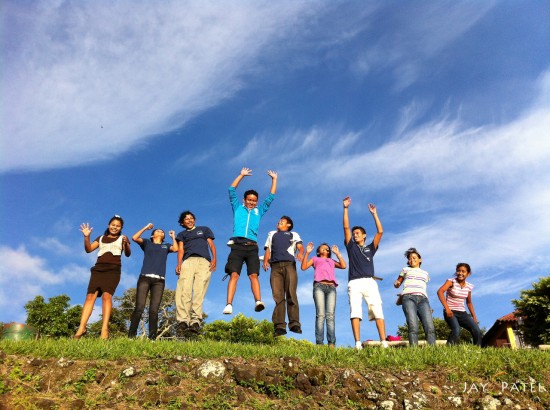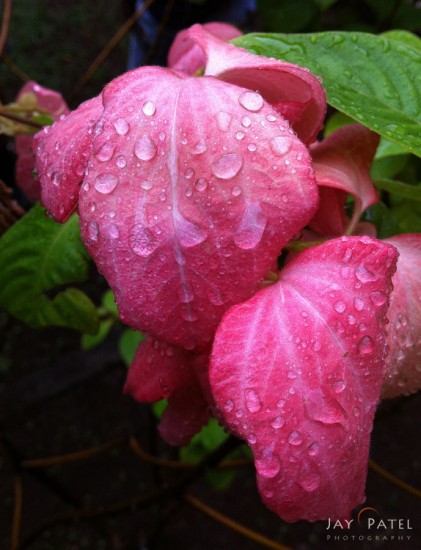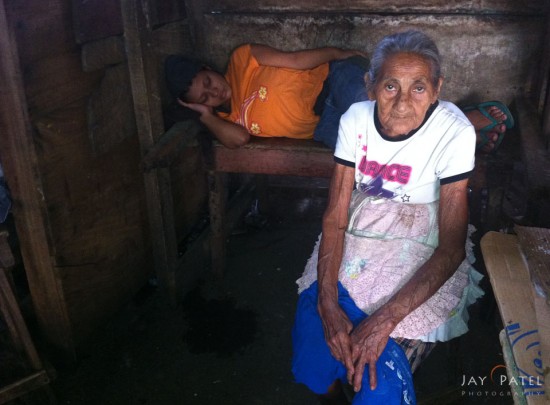Tips for Smart Phone (or Point-n-Shoot) Photography
So you want to travel light? You don’t want to carry a heavy camera and all those lenses. Lots of people feel the same way – and with better point-and-shoot cameras available these days, you can actually get pretty good shots if you know what you are doing with your smart phone photography.
Jay has been taking lots of photos with his iPhone lately. We don’t think he’s going to give up his expensive camera gear anytime soon, but his iPhone photos prove that it’s the photographer that makes a good photo… not the camera. Now, we should point out that iPhone photos won’t make very good prints. The resolution isn’t very good, so large prints will look pretty bad. But if you just want something to share with your friends on social media networks, you can learn to make nice photos with a simple camera. Here are some of his tips for taking great shots without expensive camera gear.
We use SmugMug’s “Camera Awesome” app for our iPhone photography. It lets us control focus and exposure separately – which is important to us. We just tap two fingers on the screen, and then move the focus point to where we want it, and choose the best spot to measure exposure with the other exposure icon. The app is great for macro and close-up smart phone photography, too. If you are using a point-and-shoot camera, learn to use the basic settings so you can adjust your focus and set your focus independently.
Here are some photos from our recent trip to Nicaragua – we’ll give you tips and suggestions along the way.
An inexpensive camera won’t handle a high dynamic range very well – so look for scenes with even lighting. Jay took this shot early in the morning, and the light on the kids is relatively even. There were several photographers snapping pictures as the kids jumped. We made sure the kids were facing the light, so their shadows are behind them and invisible to the camera. The ground is lit by the sun, and is at about the same brightness as the sky. Perfect for those simple cameras!
And now, we’re breaking our own rule. Notice that this building is brightly lit on one side, and in shadow on the other. This is a shot where the controls on the Camera Awesome app are particularly useful. You can select your focus point – lets say we want the front forner of the building in perfect focus – and then we can choose the proper exposure separately. Experiment until both shadows and highlights are properly exposed. Proper exposure will bring out the brilliant colors in a scene like this. For the best exposure, Jay set his exposure by placing his exposure icon in the sky. Measuring the exposure there gave him the best possible overall exposure. Not bad at all!
For this shot, Jay selected exposure and focus separately once again. He wanted really sharp focus on those pretty droplets on the leaf, and he placed his exposure icon on the highlight area in the top petal. This ensured that the brightest area in the picture would be properly exposed.
For low-light images – like this shot from a dark market stall in Granada – Jay uses the flash on his iPhone. The flash can be pretty harsh, so use it sparingly. You can soften the effect of the flash by moving away from your subject. In this case, Jay set his exposure and focus on the face of the seated woman. The flash provided enough light to bring out her features and capture the sleeping woman behind her.
Tips
- Look for evenly lit scenes that are completely in the sun or completely in shade. Avoid heavy shadows and harsh highlights in smart phone photography.
- If you are using your smart phone camera, look for an app that will let you select your focus and exposure separately. We recommend Camera Awesome. Experiment with the settings and choose the best shot.
- When the light is harsh, look for Macro shots. You can create shade with your body or a piece of clothing for nice, even lighting.
- Use Flash in low-light situations. If you need to (and if you can), move away from the subject to reduce the intensity of the flash.
- If your camera has an optical zoom feature, feel free to make the most of it! Last, avoid using Digital zoom if that is all you have available. Digital zoom just crops your photo and blows it up – which leaves you with a pretty crummy finished product. Jay’s iPhone only has digital zoom – so he rarely uses the zoom feature at all.






 Grant Collier
Grant Collier
